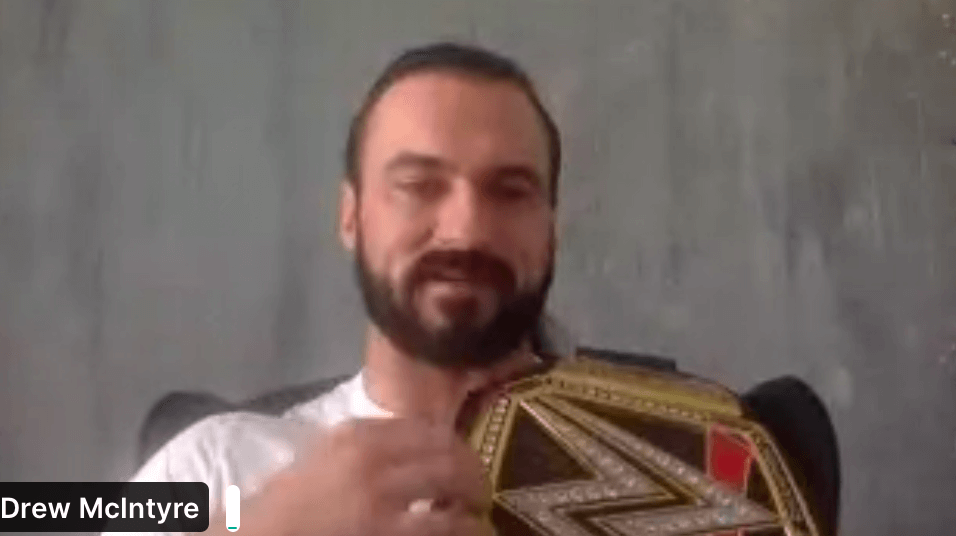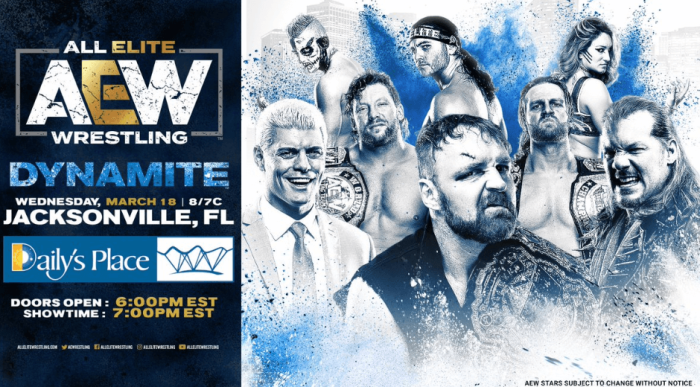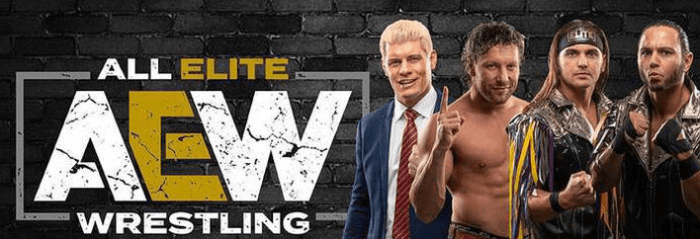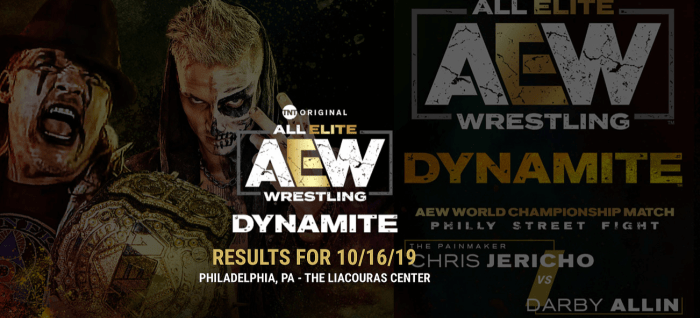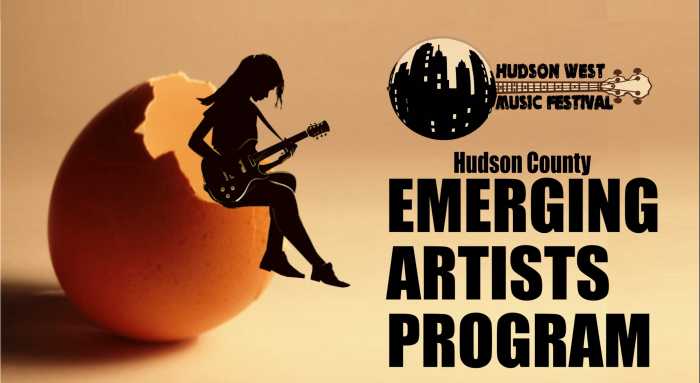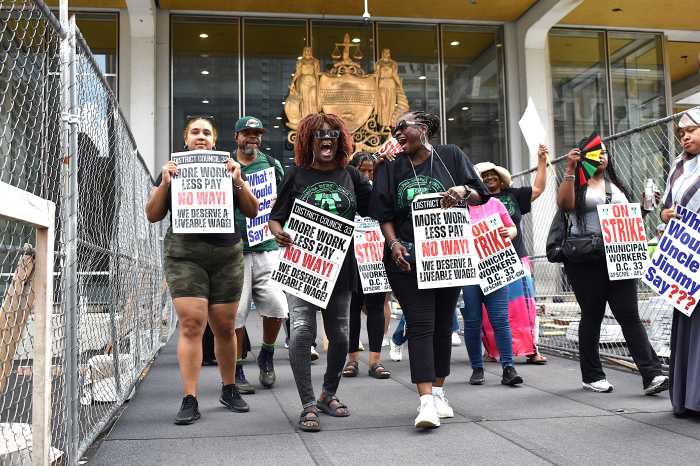If you’re new to WWE, you’d almost be expected to accept Drew Mcintyre as the prototypical superstar. At 6’7, 270 lbs, his aggressive mentality and harsh Scottish accent would strike fear into any man. But that wasn’t always the case.
Mcintyre first arrived on the scene in 2007 after a couple of years making noise on the indy circuits. There was no beard, no intimidating slick-backed hair. Just a young man trying to make a name for himself after years of blood, sweat, and tears.
Following a stint on WWE’s developmental roster, he re-appeared on Smackdown and didn’t take long to make an impact. The villainous character would win the Intercontinental title before capturing the world tag-team title a few years later. Mcintyre’s WWE career began to stagnate a little and outside of a fun run with the ‘three-man-band’, he fell down the ranks pretty quickly. This ultimately led to his release. Mcintyre had lost his dream job after a promising start.
“When I was released from WWE I had a renewed passion for the industry.” Mcintyre told media members on Wednesday during an interview at WebSummit. “Somewhere along the lines I had forgotten that this is my dream and lost perspective. When I first arrived I’d have been happy to have been a waterboy. By the end, I wasn’t giving it my all and deserved to get fired. Initially there was a lot of self-doubt. I wasn’t sure if I’d be able to make something of myself.”
The next few months were understandably tough. Drew Mcintyre had to formulate a plan. Would he give up on his dream, or try and force his way back into the WWE? It was an easy decision, but what he did next was very different. The Scotsman turned to social media, choosing to take his fans with him on the journey. Almost breaking the fourth wall, Mcintyre wanted to blur those lines and create a relationship with his fans, building career traction and a movement of wrestling die-hards who could see behind the scenes just how much he was putting in to get back to where he was.
“I was highly motivated to the point I was never home. I don’t know how my wife put up with me because I was never there. I worked extremely hard, she believed in me, so many people believed in me and It paid off in the end.”
“Something I’ve applied since the day I was released until today is treat every day like day one and be accountable to the person in the mirror. Whatever you do in life, whatever your goals are, as long as you give your all from the moment you wake up until the moment you to go bed and you can look yourself in the mirror as the only person you need to answer too and say ‘I gave my all today’ then you can succeed at anything.”
That rung true for Mcintyre, who after spending the best part of four years on the Indy circuit he knew all too well and a brief stop in TNA, did make his return to WWE, winning the NXT title just 4 months after signing. Now looking meaner, tougher, and more dangerous than ever before, he immediately grabbed the audience by the scruff of their necks through improved mic skills and clinical in-ring performances. That transformation wasn’t lost on Drew Mcxintyre, who recalls just how different things used to be.
“When I was younger, Vince told me The ‘Undertaker is your mentor, you listen to nobody but The Undertaker’. When I was 22-23 I harassed him all the time for advice. The goal was to lead to a significant singles match at Wrestlemania 26. Back then we did have a match but I looked like a child stood next to him. Years later when I returned to the company looking the way I do now, I’m 6’7, 270 lbs, bit more grizzled in the face. The crowd rumbled when we squared off and I felt that now’s the time.”
That match never came to pass, but his Wrestlemania moment certainly did. After manifesting a Royal Rumble victory following an impressive win streak, Mcintyre was headed to Wrestlemania to face Brock Lesnar for the WWE title. His family would travel from Scotland to be among the 90,000 roaring fans in Raymond James Stadium…at least, they were before it all changed.
Continued on the page below.

